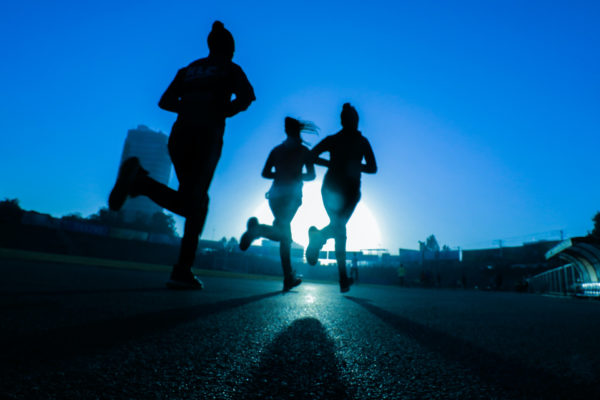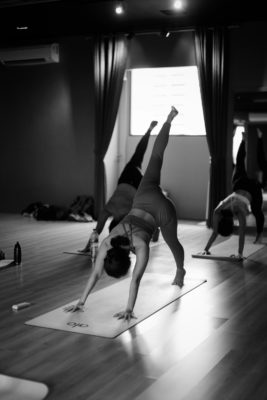Rucking: The Fitness Trend Ramping Up Your Walks
By
11 months ago
How to try the viral workout

We all know walking is good for us: it boosts cardiovascular fitness, clears the mind and strengthens our bones. But if you want to turn your daily stroll into more of a strenuous workout, consider adding some rucking into the mix. The fitness trend, which involves walking with additional weight, has been gaining momentum as people look for gym-free ways to level up their exercise regime.
It’s big on TikTok at the moment, with the hashtag #rucking amassing over six million posts on the platform, and Google searches for the term have steadily increased over the past decade. Intrigued? It couldn’t be simpler to get involved – and you might even be doing it without realising. However, there are a few safety points worth knowing beforehand.
What Is Rucking?
Rucking might be all the rage on TikTok right now, but it’s not a new trend. It originates from a training technique that has been used in the military for hundreds of years, also known as ruck marching or yomping. For army professionals, rucking tends to involve carrying heavy equipment across large distances, often through tricky terrain.
However, in more recent years, fitness professionals have adapted it into a more approachable, low-intensity workout. Rucking simply involves walking with a backpack or a weighted vest. For beginners this could just be a walk around your local park with an empty backpack, but you can make it more challenging by increasing the weight, upping the distance or walking on trickier or hillier terrain.
@chrissy.putnam Have you ever heard of rucking? It is a great exercise to add a challenge to your walks/hikes with the added benefit of strengthing different parts of your body! I first heard about this after reading The Comfort Crisis by Michael Easter. I love the brand @GORUCK . . . . #weightloss #strengthtraining #rucking #exercise #weightlosstransformation ♬ original sound – Chrissy Putnam
What Are The Benefits?
This type of training is a winner as it combines both cardiovascular and strength training. Having weight on your back while on the move will help boost aerobic fitness as well as building up muscular and skeletal strength, engaging your leg, back and core muscles. You’ll also burn 30 to 45 percent more calories when walking with weight on your back than without, meaning it’s beneficial for weight management. Plus, this study found weighted walking can increase bone mineral density, particularly for women.
There are also a whole host of benefits associated with spending time outdoors, including stress reduction and better sleep. Rucking can work well as a group activity too – and it’s a cheaper alternative to many pricier types of fitness, such as expensive gyms and boutique studios.
Top Tips
- Don’t forget to warm up and cool down afterwards. Beforehand, mobilise the joints and up the heart rate, then finish with a few static stretches.
- Begin with an empty backpack and a walk you’ve done before, and gradually build up your weight and distance.
- Don’t use any old backpack: invest in an ergonomically designed one with wide, padded shoulder straps, and a waist strap to help evenly distribute the weight.
- If you have a history of back or knee pain, speak to a medical professional or a personal trainer before starting.
- While walking, focus on posture: keep a straight back, and brace the core.









